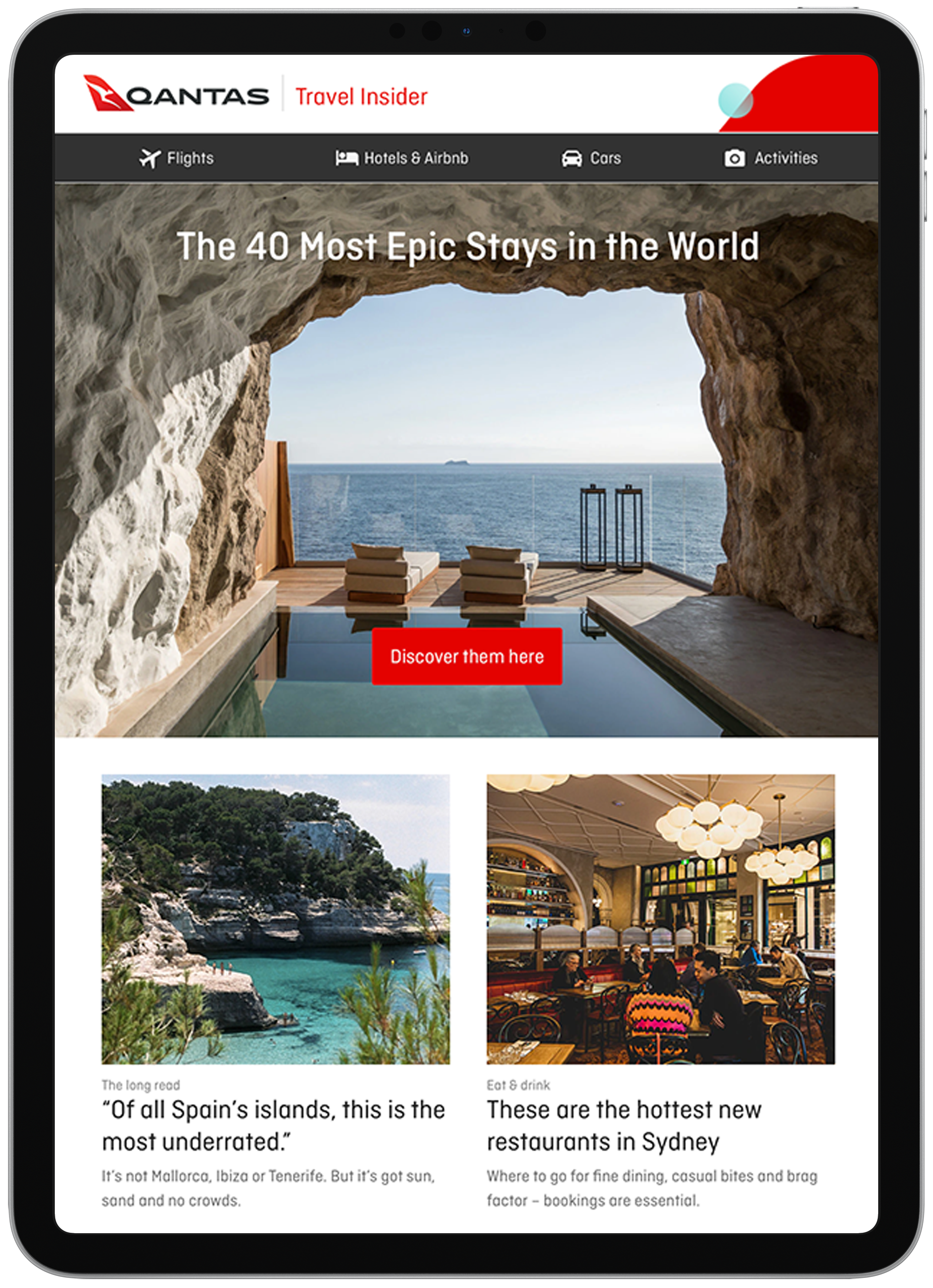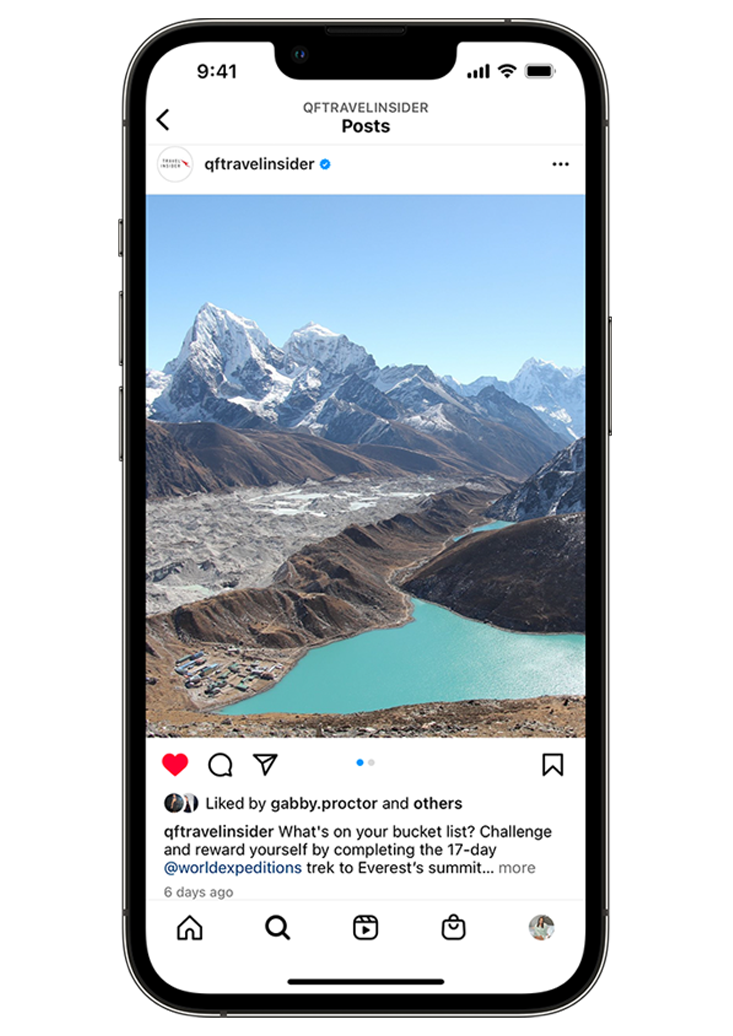This Cruise Through a Remote Corner of the Coral Triangle Is a Showcase of Contrasts
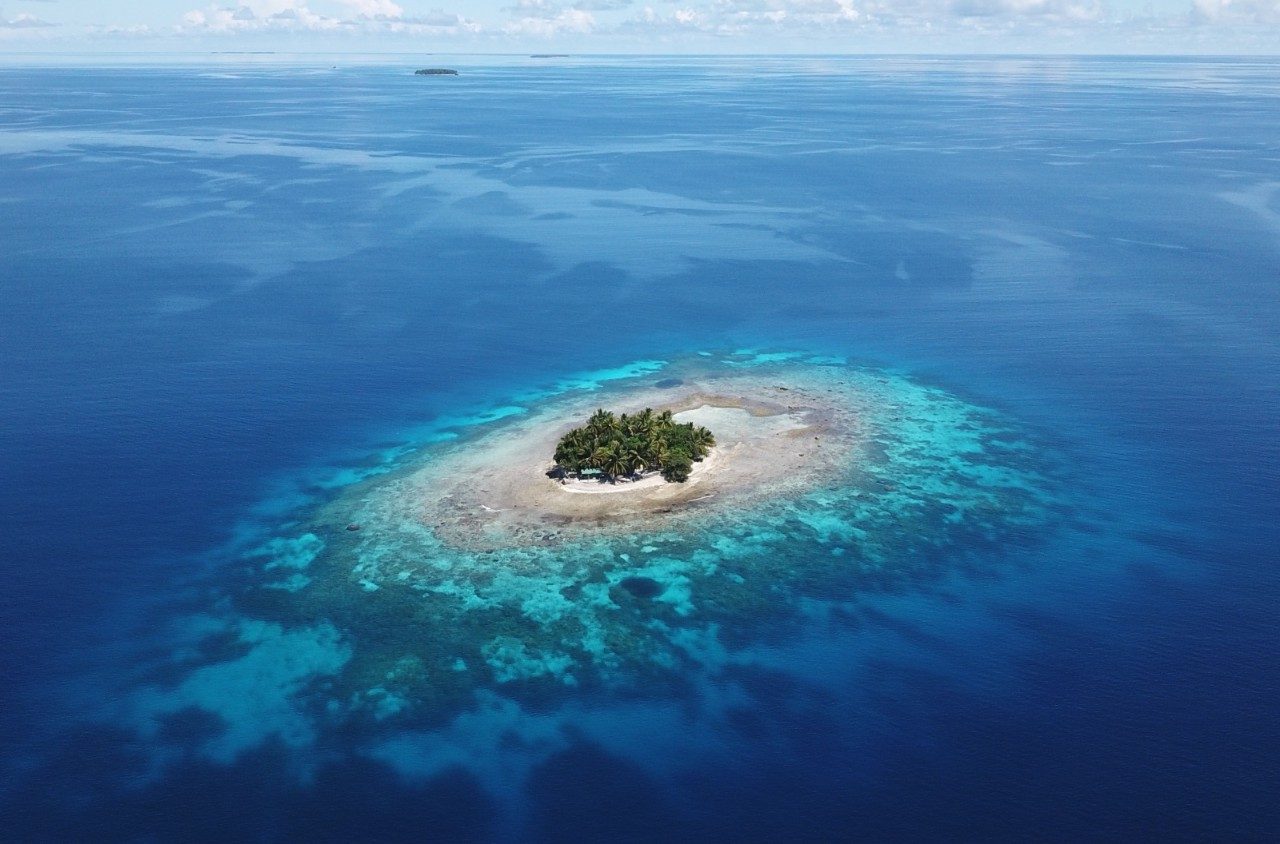
I’m floating six metres above the ocean floor, the sigh of my breath through my snorkel the only sound I hear, as the wings of a World War II Japanese Zero fighter plane take shape in the water below. Further on, a Japanese destroyer, the Suzuki Maru, lies dusted in decades of white algae. One of more than 50 ships sleeping on the seabed of Micronesia’s Chuuk Lagoon (formerly called Truk Lagoon), the wreck is a reminder that this remote natural harbour was central to one of recent history’s most significant battles. Today, this phantom fleet in the western Pacific Ocean has evolved into a teeming artificial reef with hulls and hatches hosting clusters of vibrant coral, sea anemones and tropical fish.
While I snorkel, the scuba divers aboard our Ponant expedition ship Le Soléal descend to depths of 40 metres in the palm-fringed lagoon. Australian scuba enthusiast Neil has dived to shipwrecks before but “nothing like this”, he says, describing the submerged 80-year-old vessels that are still largely intact.
Chuuk Lagoon is just one of the bucket-list dive sites that we visit on this 15-night cruise from Fiji to Guam – the other is Honiara’s Iron Bottom Sound. We’ll cruise through the warm waters of the Coral Triangle, six million square kilometres of ocean stretching from the Solomon Islands to Malaysia, which hosts 76 per cent of known coral species and 37 per cent of reef fish.
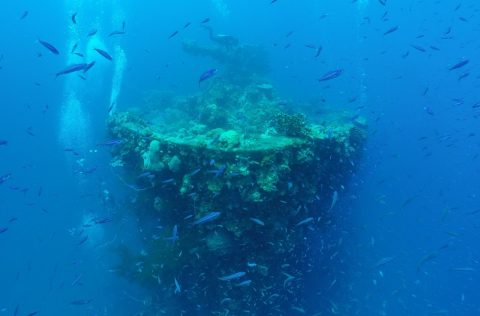
Being a diver is not a prerequisite for fully appreciating the fascinating destinations we stop at, most of which are accessible only by sea. We witness water music performances at Vanuatu’s Espiritu Santo, where local women slap and plough the ocean with their hands, splashing hypnotic harmonies into stories of island life. Betel-stained smiles greet us in the Papua New Guinea port of Rabaul ringed by brooding volcanic peaks. Local guide Elias leads us on a steep scramble over boiling springs and blackened scree to the crater of Tavurvur, a 688-metre-high active volcano belching sulphur and steam.
But it’s the Federated States of Micronesia that we anticipate most, with four days dedicated to exploring this less-well-known archipelago comprising more than 600 islands scattered across 2900 kilometres of ocean. Le Soléal’s compact size (142 metres in length) and passenger capacity of just 264 make for a flexible sailing itinerary. When an elder on the island of Pulap passes away, out of respect we sail instead to remote Poluwat Atoll, an overnight voyage from Chuuk. It’s Ponant’s first visit to the tiny islet and our shore excursion is delayed while negotiations with the village chief unfold. As we wait, the ship treads water in the translucent sea before we peel off on Zodiacs, navigating bomboras to enter a teal lagoon fringed by rangy coconut palms and white sand. There’s a refreshing lack of fanfare to greet us on Poluwat, as the locals are busy building a house. Women prepare lunch watched on by giggling children, chickens and a baby pig, giving us a rare glimpse of everyday Micronesian life.
Empowering these small island communities by funding village projects and protecting the marine environment are causes championed by Le Soléal’s Captain Antoine Paquet. “By visiting these islands and learning about issues like over-fishing and rising sea levels, we hope to raise awareness and make a difference,” he says. Ponant is currently trialling biofuel to reduce its CO2 emissions and has banned single-use plastics on all its ships. Onboard marine biologist Joel Moore reinforces this, warning that “by 2050 the ocean will hold more plastic than fish”.
Cruising days are the source of a different kind of discovery. The ship’s seven decks house 132 spacious staterooms in soft tones of taupe and cream with floor-to-ceiling windows – prestige cabins on upper decks also feature a bathtub. A saltwater swimming pool fills the aft deck while both the ship’s à la carte restaurant, L’Éclipse, on Deck 2 and Deck 6 buffet Le Pythéas offer changing menus highlighting regional ingredients like Pacific king salmon and sea-fresh lobster from the Solomon Islands. My stateroom’s private balcony is an ideal place to watch gulls, terns, boobies and flying fish skate across the sea. The ship’s ocean-view gym on Deck 5 doubles as a vantage point for spotting marine life – one afternoon on the treadmill, I see a sperm whale cruising the gentle swells.
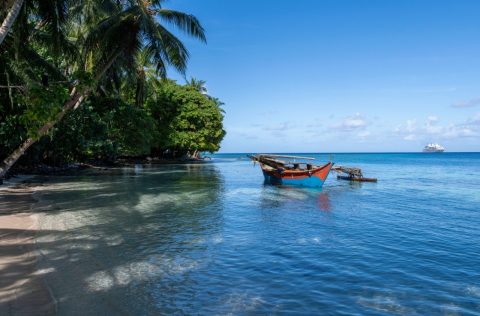
For our final snorkel, we land on low-lying coral cay Lamotrek Atoll (above) in Micronesia’s westernmost state of Yap, where we are crowned with fresh flowers and thanked by the chief for “shining a light” on this little-visited paradise. In the water, coral shelves shelter brilliant blue sea stars and a clownfish dances around my hands while a school of damselfish darts past my mask. As we sail away from this out-of-the-way Pacific region, it’s the wild beauty and irrepressible rhythms of island life that will stay with me long after we depart.
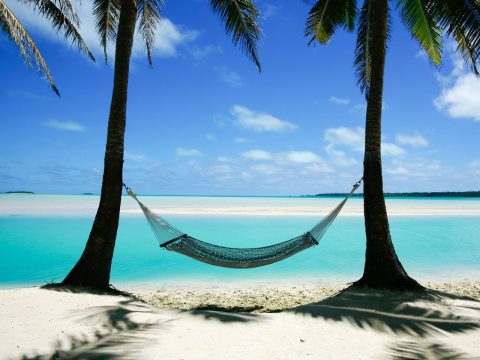
Start planning now
SEE ALSO: 15 of the Most Beautiful Islands in the Pacific
Image credits: Getty (main, dive); Alexandre Herbrecht (Lamotrek Atoll)

